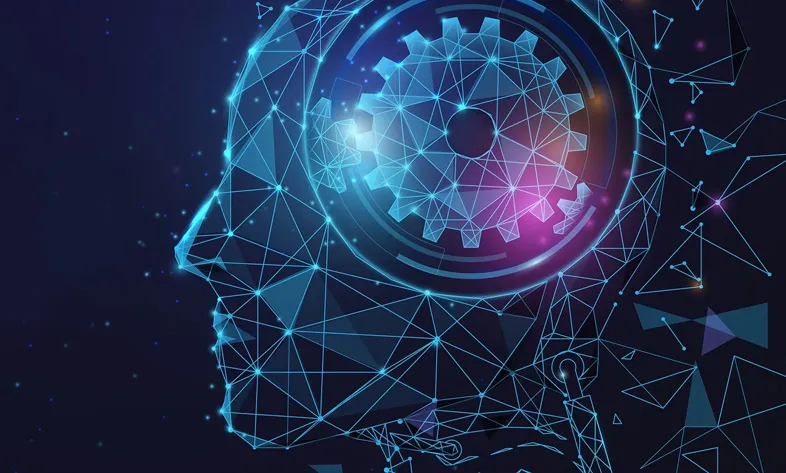What is a neural network in artificial intelligence?
Neural networks are one of the most exciting technologies in artificial intelligence that understand and transform our world.
If you have any questions, ask!

Neural networks are one of the most exciting technologies in artificial intelligence that understand and transform our world.
They allow systems to learn from data and make intelligent decisions.
Imagine a system that can analyze medical images, predict financial market patterns, or even recognize human faces without direct human intervention.
All of this is made possible by neural networks.
In this article, we explore in simple language the principles of neural networks, training methods, applications, and performance analysis, showing how this technology shapes the future of artificial intelligence.
Neural networks are a fundamental concept in artificial intelligence, modeled after the structure of the human brain.
These networks are used to solve complex problems and recognize patterns from data.
The core principle of neural networks is their ability to learn and adapt. They can extract complex relationships and hidden patterns from input data, make decisions, and improve performance as the environment changes.
One of the key features of neural networks is parallel information processing, which enables them to process data simultaneously and achieve high speed and efficiency in analysis and prediction.
Neural networks consist of layers of interconnected neurons. Each layer has a specific function: the input layer receives the data, hidden layers process it, and the output layer provides the final result.
The learning process of neural networks involves adjusting weights and biases to minimize prediction errors. Over time, through experience, the network improves its performance.
The layered structure and parallel processing capability allow neural networks to analyze large and complex datasets, performing better than traditional algorithms in tasks like pattern recognition, image processing, and natural language processing.
Neural networks are powerful tools in image recognition. They can accurately identify objects, faces, and medical patterns.
For example, facial recognition systems use features such as eye shape, nose, and facial components to identify individuals. This technology has extensive applications in security, authentication, and surveillance.
In the medical field, neural networks can analyze medical images, detect diseases such as cancer, and assist doctors in making more accurate decisions.

Neural networks are trained using machine learning algorithms. These algorithms help networks recognize patterns and hidden relationships in data and make intelligent predictions.
One of the most important algorithms for training neural networks is the backpropagation algorithm. This algorithm adjusts the network’s weights to reduce errors and improve prediction accuracy.
The combination of neural networks and machine learning enables solving complex problems and making intelligent decisions, improving performance in data analysis and prediction.
Compared to traditional methods like decision trees, neural networks have greater learning and adaptation capabilities. They can detect complex patterns and improve performance through experience.
Neural networks can process large and nonlinear data and are effective in applications such as image recognition, machine translation, natural language processing, and time series prediction.
However, training neural networks requires large and diverse datasets and consumes significant resources. Also, interpreting network parameters can be challenging, reducing model transparency.
Neural networks process input data through layers of neurons, extracting important features. This allows accurate prediction and detection of hidden patterns.
They are applied in fields like medicine, finance, e-commerce, and video games for data prediction. Their ability to adapt to complex patterns makes them a powerful tool.
Understanding the operation and applications of neural networks helps us solve complex problems, make better predictions, and leverage the benefits of artificial intelligence.
Neural networks are modeled after the human brain and can learn from experience and identify complex patterns, while traditional methods are more limited.
Yes, with machine learning algorithms, networks can learn from data and adjust their weights to improve performance.
Yes, they are used in facial recognition, medical image analysis, self-driving cars, machine translation, and recommendation systems.
Yes, they need large and diverse datasets to accurately identify patterns and make predictions.
No, they automate many repetitive tasks, but final decision-making and human supervision are still essential.
Source » itroz Academy


Follow the guide to set up your domain email on any device or OS, including both smartphones and computers, quickly and easily.

This guide is useful for automatically forwarding your website emails set up on your domain to other email accounts, such as Gmail and others.

Step-by-step guide to install Thunderbird on macOS; download, setup, and manage multiple email accounts easily and efficiently.
Comments (0)